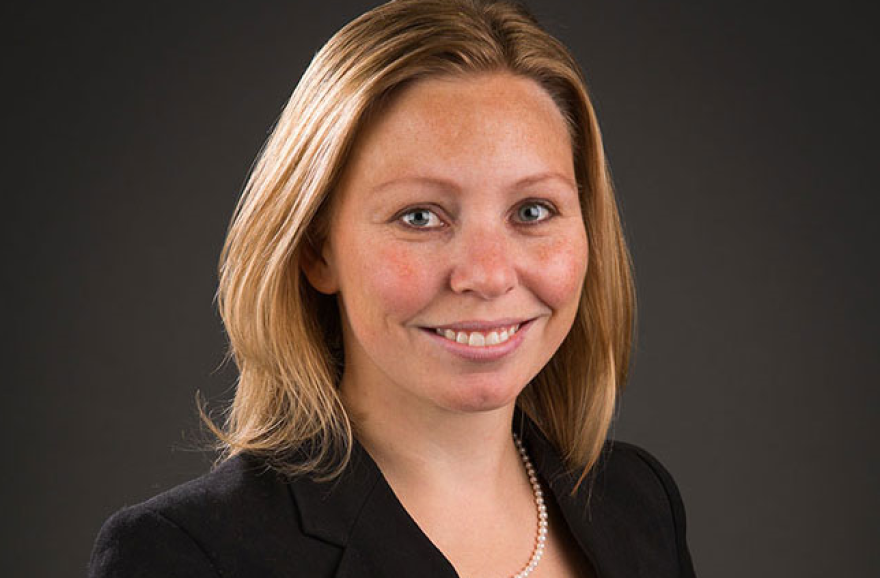A new organization to promote business in the circumpolar north …
“As people of the north, we rely on responsible development, whether it’s resource development or economic development, to sustain our communities,” says Tara Sweeney, an Inupiat who serves as a top executive for both an Alaska Native corporation and the Arctic Economic Council or AEC. That’s an independent organization created by the Arctic Council just over a year ago to promote economic development in the far north.
“The idea behind the AEC is to provide a business perspective to the Arctic Council,” she said.

Sweeney says resource development is essential to the region’s economies. And she says the AEC will enable businesses to do that – sustainably.
“It was designed to ensure that there was a balanced approach to resource development and environmental stewardship,” she said.
Environmental organizations have been skeptical of the AEC. Some say conservative Canadian environment minister Leona Aglukkaq pushed its creation during Canada’s chairmanship of the Arctic Council to give industry free rein to the region’s abundant resources.
Those concerns are reflected in comments by Greenpeace Arctic Campaigner Farrah Khan in a September 2014 Radio Canada International interview.
“It has become a way for some very polluting industries to meet and to have direct access to Arctic decision-makers,” Khan said.

But Alexander Shestakov, director of the World Wide Fund for Nature’s Ottawa-based Global Arctic Program, says the AEC could play an important role by giving business a seat at the table as nations and indigenous-peoples organizations plan resource development.
“Definitely, we welcome the engagement of business into Arctic discussions,” Shestakov said.
And longtime Arctic Council observer Heather Exner-Pirot says the AEC may help improve the quality of life for people who live in region.
“People work there,” she said. “People have jobs there. People need economic development.”

Exner-Pirot says Shestakov’s other concern about what he calls the AEC’s lack of transparency is mainly caused by the consensus-based rules under which both it and Arctic Council must operate.
“This stems from the culture of the Arctic Council itself. It’s very consensual,” she said. “So, it’s about what the eight states and the six permanent participants or indigenous organizations want.”
Exner-Pirot is a writer and managing editor of the Arctic Yearbook and a former researcher with the University of Sasketchewan’s International Center for Northern Governance and Development.
Editor's note: This story has been edited for posting online.



